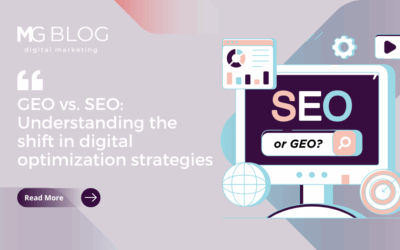
Don’t be scared at the prospect of branding, assuming you need an extensive timeline and a massive budget to be successful. A branding project doesn’t have to take months or years. Accelerating the execution process – from concept to implementation – just takes a few simple ingredients. Here are the essentials I’ve distilled for you based on years of branding experience.
Step 1: Make Branding a Group Effort
To start, make sure all key decision-makers are involved early on and have visibility throughout the process. (It’s their brand, and their perspective is crucial.) A great way to kick off a brand project is with an in-person branding exercise that encompasses the following components:
- Have the creative team review all strategic research and familiarize themselves with any current branded materials. Any additional inquiries should be distilled into a questionnaire to be shared with the client.
- Based upon the initial research and the results of the questionnaire, the creative team should compile a wide range of imagery, typography samples and color palettes.
- During an in-person meeting, have a representative from the creative team guide stakeholders through a series of brainstorming exercises to determine which visuals are evoking the appropriate response. All parties in the meeting will work together to determine consensus around the visuals, create a list of key brand attributes, and build a mood-board, or visual brief. The visual brief contains all the key visuals, typography styles, colors and attributes identified during the brainstorm session. It is the cornerstone of the visual branding process and should drive the creation of all subsequent elements.
- Armed with the visual brief, the creative team will now have a greater understanding of the desired outcome, along with visual element and copy preferences.
Sample Visual Briefs




Step 2: Strategy
The most successful brands are developed through a thoughtful approach, heavily steeped in strategy and based on creativity informed by data insights. Good looks aren’t enough. A gorgeous logo refresh is useless if there isn’t a plan in place to educate potential viewers. A stunning digital ad campaign that showcases the new brand is going to fall flat without a clear marketing plan that hits all levels of the funnel.
From a design perspective, it’s crucial to identify and adopt the strategy (or big idea) as the baseline for all creative. When the stakeholders and the design team are fully aligned and well-versed in the strategy, there’s a higher rate of approval (thus less time spent throwing ideas at the wall and hoping for one to stick).
Step 3: Visibility
Branding doesn’t work when created in a vacuum. The entire process is most efficient when there’s transparency between design, marketing and content teams. Hold regular meetings to share progress, review and critique. These meetings are helpful for both keeping a branding project moving quickly, and for holding everyone accountable to the initial strategy.
Visibility doesn’t just apply internally. Remember that the executives, or key decision makers, don’t care for surprises. When sharing concepts and recommendations, make sure the rationale aligns with the strategy and ties back to the initial visual brief. This will ensure that the parties who helped provide initial input will feel heard as things move from concept to creation. This level of buy-in will make stakeholders more likely to take your recommendations, thus keeping the process moving forward without approval delays.
Step 4: Implementation & Functionality
Companies need to be able to successfully ‘use’ the brand elements of the chosen direction. Find out how the new brand will ultimately be deployed by the organization. Is there an internal design team? Do they have one intern who has experience with Adobe InDesign? Most startups are lean in the creative department, so make sure the brand implementation isn’t reliant on extensive creative program knowledge.
Companies should always make sure template creation is a part of the branding process. Be conscious of how employees, partners or other brand ambassadors will actually be utilizing your materials and ensure brand owners have all the tools necessary to fully edit and version out brand assets. For example, if the client needs sales sheets to be editable in Word because that’s what their sales team uses, then provide them an appropriate Word template with branded header/footer and brand theme. The more ‘functional’ the brand elements and templates are, the greater the chance of them being used correctly.
A short training session, or a few extra ‘consulting hours’ can also be helpful in making sure a company’s branding team understands how to use the brand assets and templates.
Bringing it all Together
If communication is a priority, a solid strategy is in place and the creative team has heard firsthand accounts of brand goals from a company’s key decision-makers, the branding process can be executed effectively — and efficiently.
Next time you find yourself in need of a new brand (or a brand refresh), keep these four steps in mind to save both time and effort…or just contact Merritt Group.



